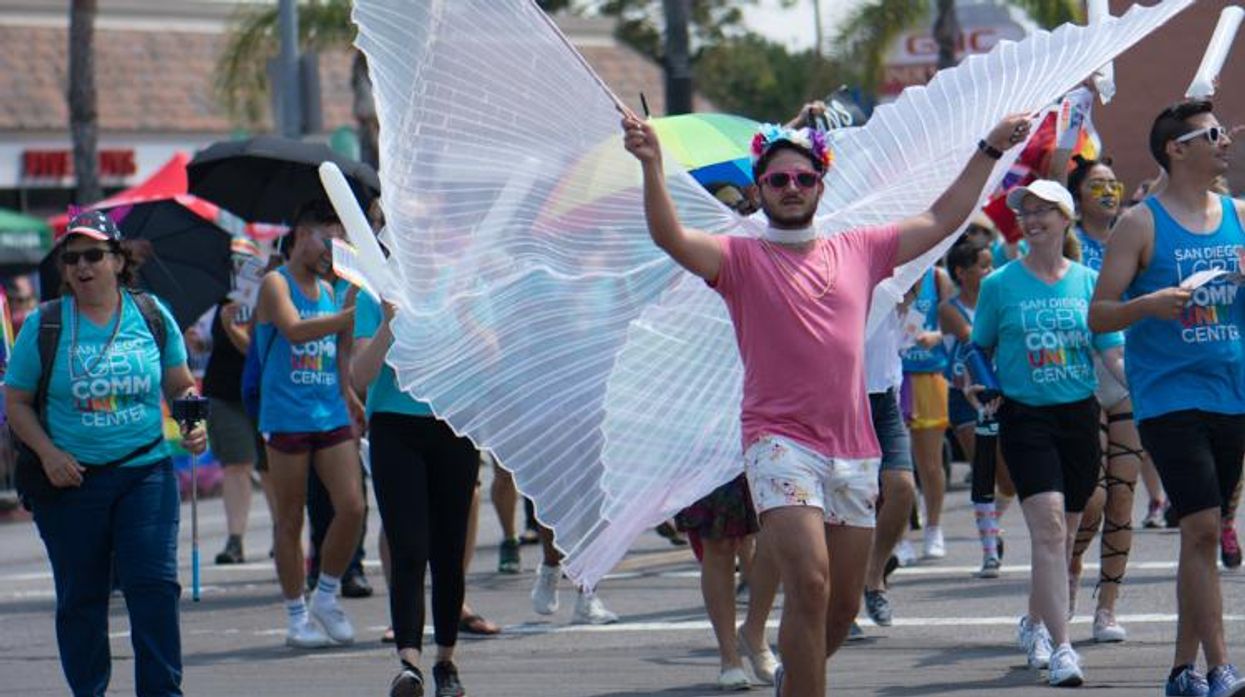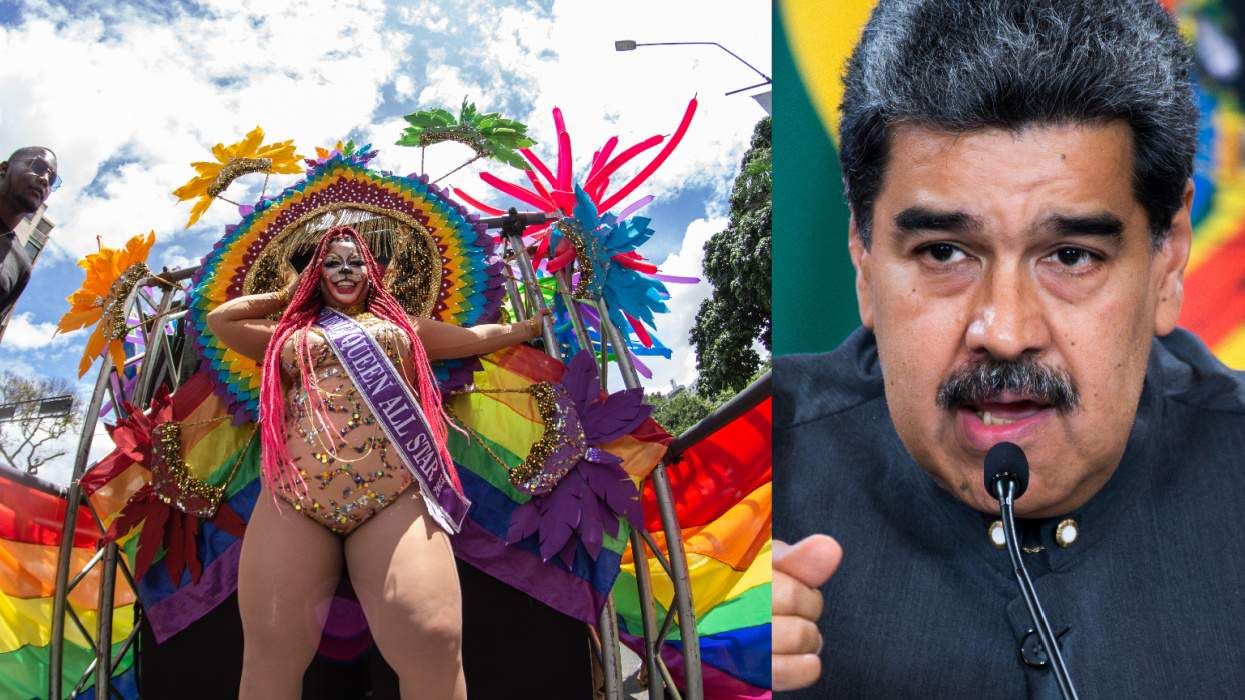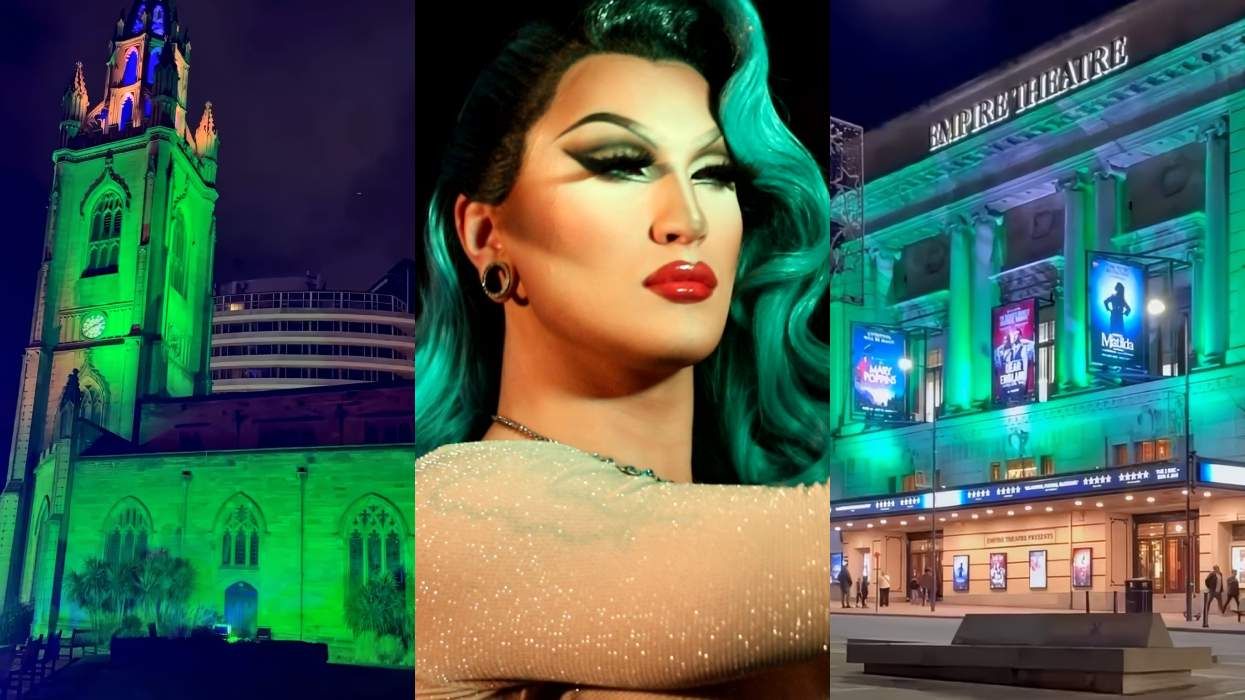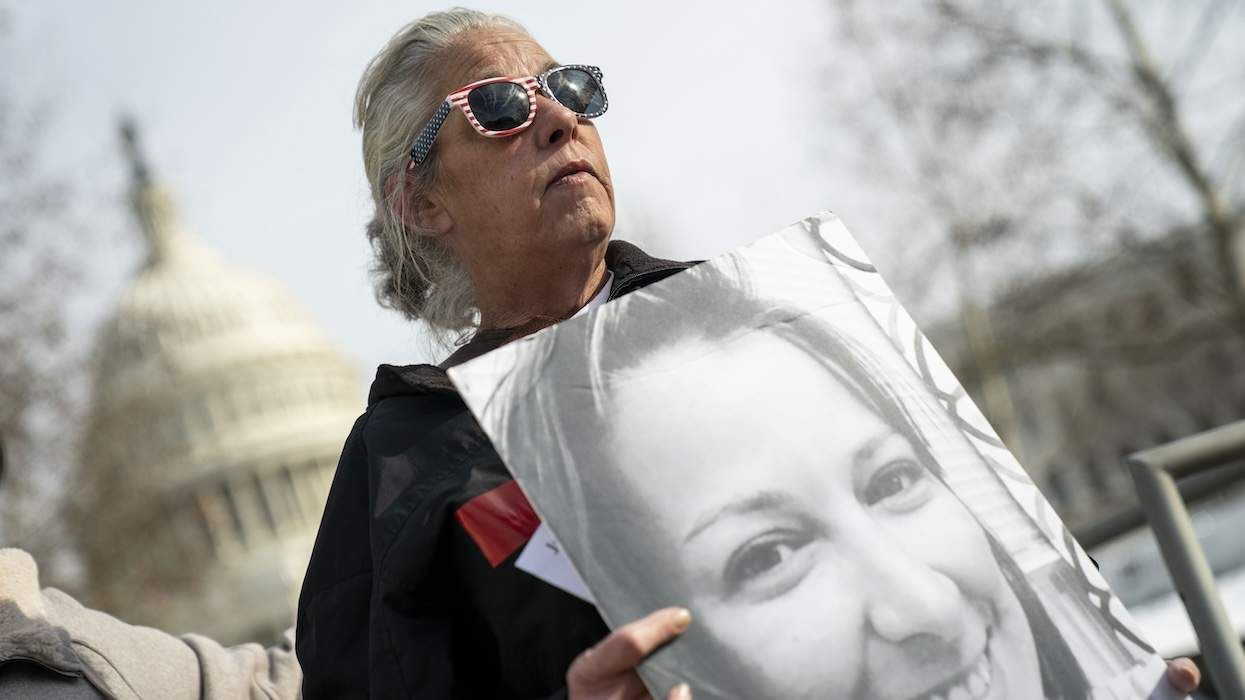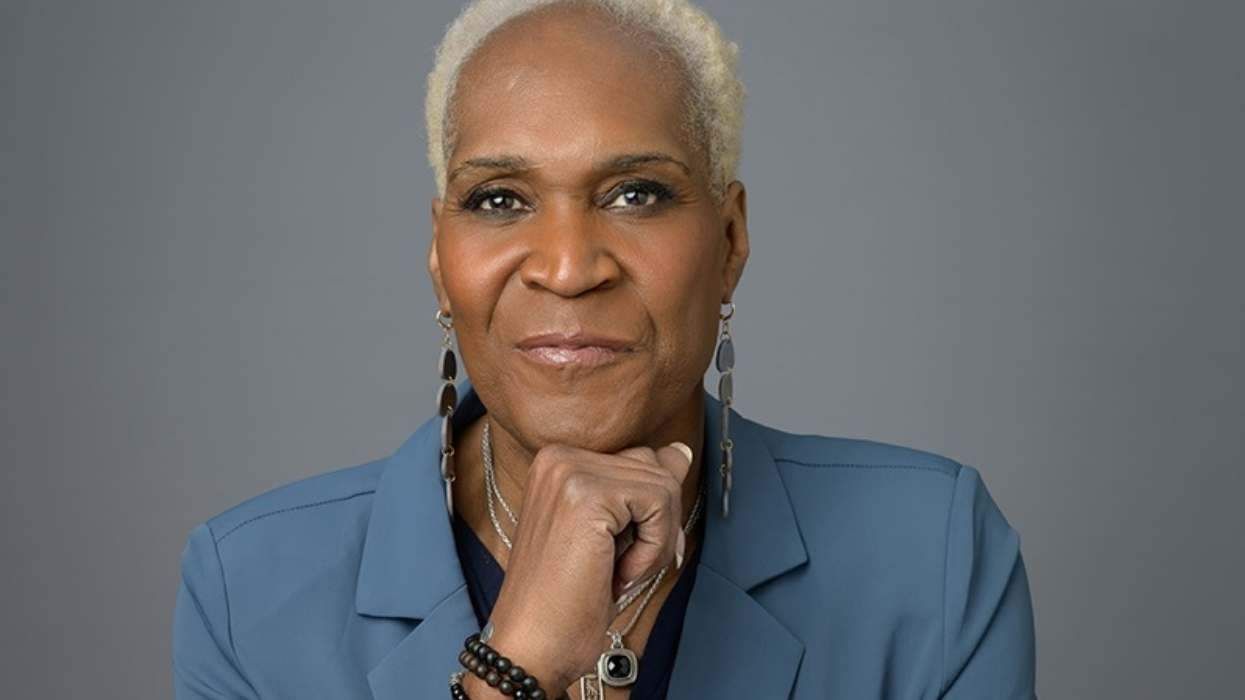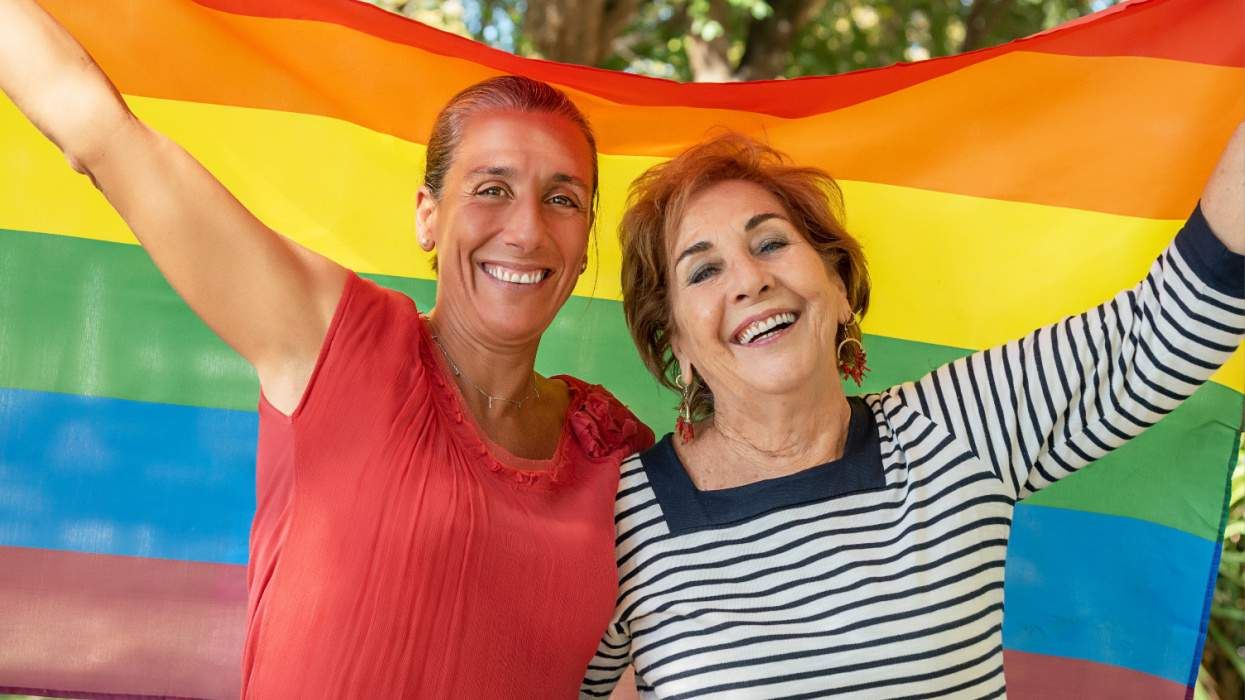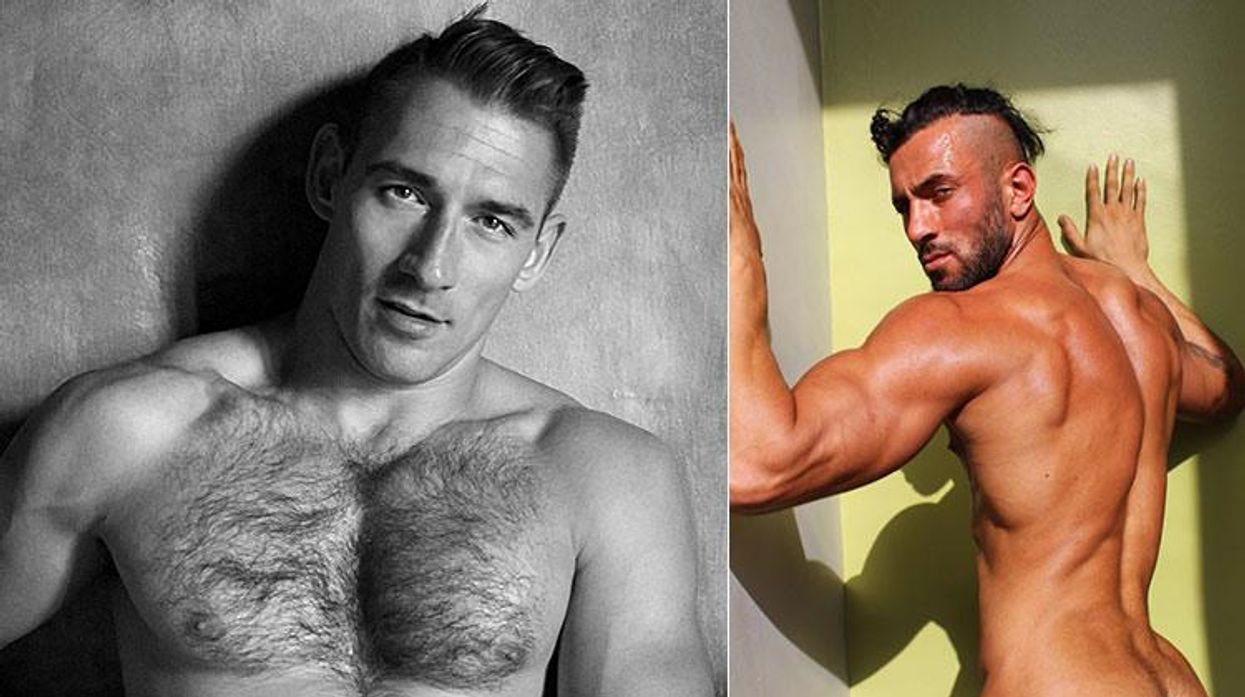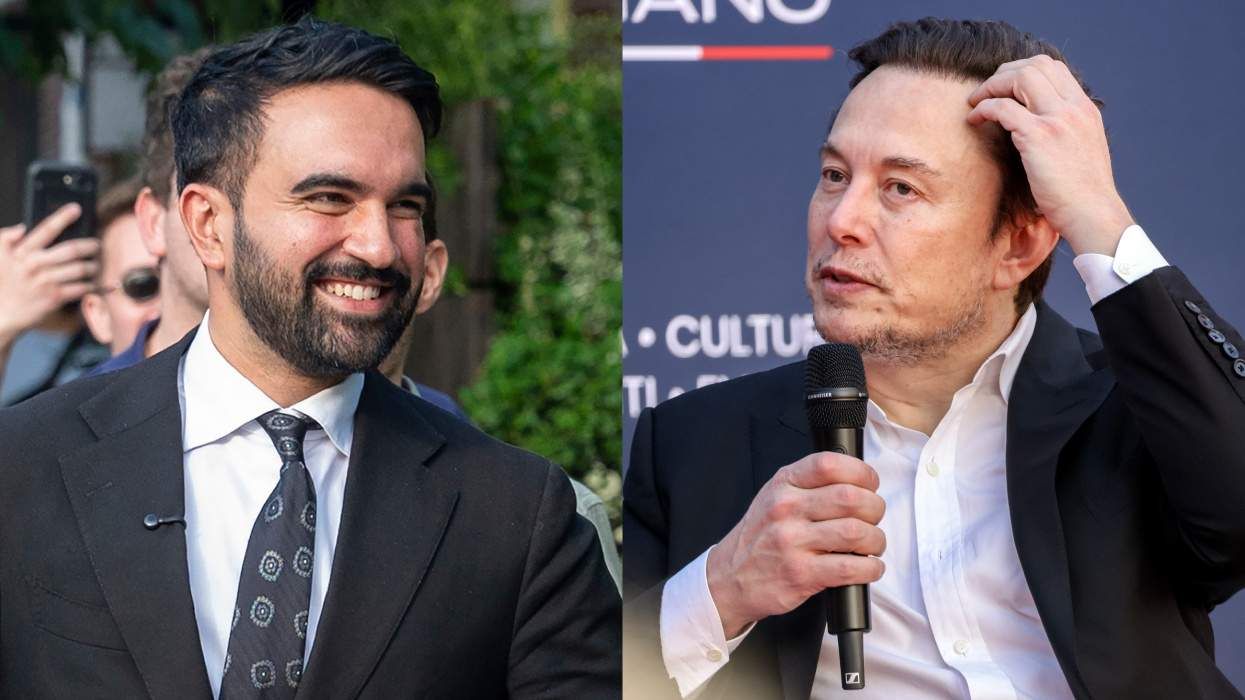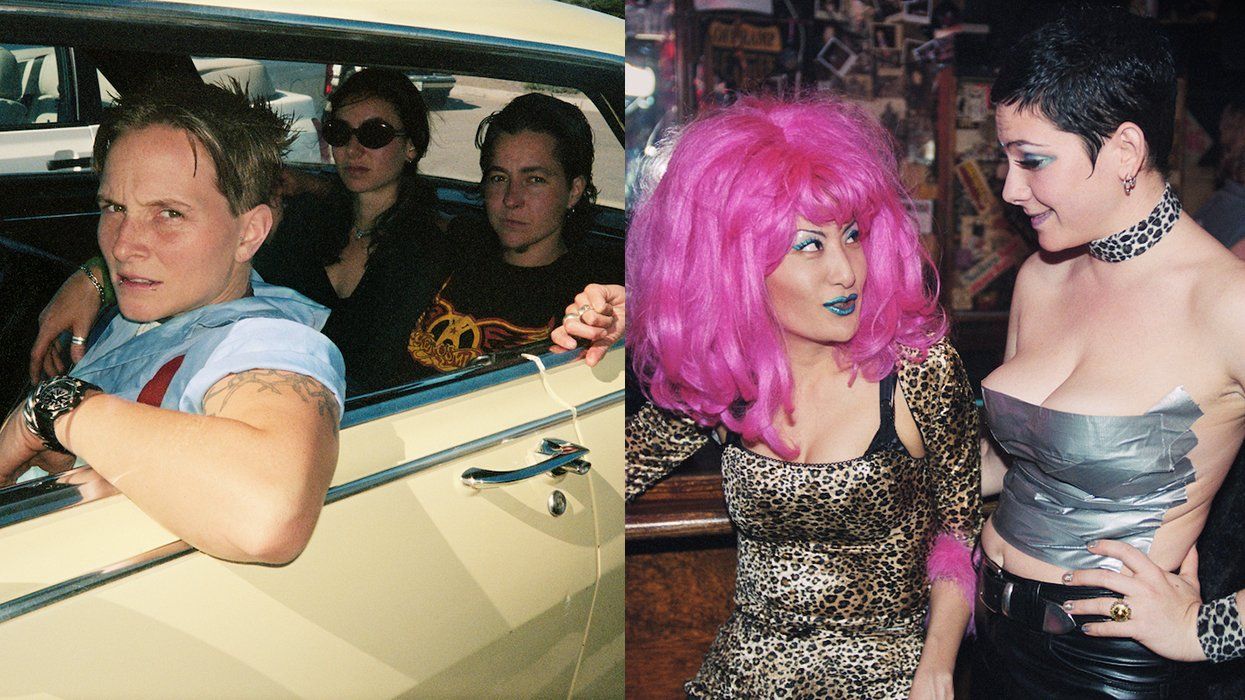Redistricting efforts will take place across the country following the release of U.S. Census data. Will it result in more LGBTQ+ representation in government? That's the goal of a just-launched effort by the LGBTQ Victory Fund.
The only national organization dedicated to electing more queer people to public office, the group hopes to make that mission easier through the National LGBTQ Redistricting Project, which will advocate for those drawing political boundaries to take concentrations of LGBTQ+ people into account. This national effort builds on a similar state-level program by Equality California a decade ago.
If successful, the redistricting project could mean more political jurisdictions where the bulk of residents fall into the LGBTQ+ category -- or at least ensure concentrated communities aren't carved apart by political machination.
"The reality is we are not going to win a ton of places unless we embrace people outside our community as well, which we are constantly doing," said Elliot Imse, LGBTQ Victory Fund's vice president of communications. "But by the creation of districts with strong LGBTQ populations, we can create legacy seats that can serve as launching pads that help LGBTQ people at a hyper-local or local level and then they can move up the political ladder."
And even if a community isn't majority LGBTQ+, so long as heavily queer neighborhoods don't get carved into numerous districts, the public officials representing those areas will need to listen to LGBTQ+ constituents whether they are members of the community themselves or not.
While redistricting today remains a favorite topic primarily of math nerds and political junkies, it actually plays a significant role in LGBTQ+ history, as highlighted by the LGBTQ Victory Fund's associated "We Belong Together" campaign that highlights the impact of political boundaries on representation.
Legendary San Francisco Supervisor Harvey Milk won election only after the California city switched to district elections for seats and allowed a district that included the Castro neighborhood in its entirety.
More recently, LGBTQ+ advocates in San Diego in the early '90s became involved in a city redistricting effort and fought to make sure the heavily queer Hillcrest neighborhood didn't get split into different municipal districts. That resulted in the 1993 City Council election of lesbian Christine Kehoe, the first out official in the city. But more important, Imse notes, the district in nearly 30 years of subsequent elections has continued exclusively to elect LGBTQ+ politicians. And it has produced a particularly ambitious lot. Before current occupant Stephen Whitburn, the seat was held by California Senate President Pro Tem Toni Atkins, San Diego Mayor Todd Gloria, and future state Assembly members Kehoe and Chris Ward.
"When we build districts that keep LGBTQ neighborhoods together, we create LGBTQ legacy seats that serve as pipelines for out leaders to achieve even higher-level office," said former Houston Mayor Annise Parker, president and CEO of the LGBTQ Victory Fund. "If LGBTQ community members in a small city come together to focus on this effort, they can elect their first LGBTQ school board member, who in the future may be their first LGBTQ state legislator and then member of Congress."
But how do you identify LGBTQ+ communities with block-level precision? The U.S. Census tracks same-sex marriages, but otherwise includes no data on LGBTQ+ status for participating Americans.
Imse said there's a trove of other data that will be mined, from surveys to membership directories of various LGBTQ+ community centers.
"We're also partnering with organizations at various levels, state and national, to look at their membership and find the zip codes," he said. "We will look for patterns and concentrations in cities. It's an all-hands-on-deck effort. "Even data as bleak as LGBTQ hate crimes can help and identify where LGBTQ communities reside."
Gathering that data serves as just a first step. Then comes lobbying officials at the state and local level who are responsible for drawing the boundaries that will govern elections for the next decade.
The "We Belong Together" campaign in this first outing will focus efforts on five states -- Arizona, California, Colorado, Michigan, and Montana -- but will also provide support to local organizations with the same aim in any state. So if efforts gain momentum to ensure, say, that Wilton Manors and Fort Lauderdale end up in the same congressional jurisdiction, this redistricting project will back that up.
But it's important to keep perspective. The latest Gallup polling shows LGBTQ+ people make up 5.6 percent of American adults. While the percentage among younger generations is roughly triple that, it could be some time before LGBTQ+ populations grow large enough to ensure queer candidates for Congress win based on the size of the neighborhood alone. It's more likely the effort will produce more City Council and perhaps state legislative seats. But from there, political influence and institutional strength should only grow.
"We believe the best way to advance equality within the LGBTQ community, to block anti-trans bills and change the hearts and minds of key decision-makers," Imse said, "is to have them represented at every level of government."
